March 16, 2017
The “world famous” Troubadour is not the first venue that comes to mind for boundary morphing contemporary piano driven ensemble jazz. But then, the L.A. based collective known as the West Coast Get Down, has yet to do anything by the books. It’s been a heady 2017 already for these dudes coming on the heels of bassist Miles Mosley’s headlining date at the El Rey in January, drummer Ronald Bruner Jr.’s album release party at the Teragram a few weekends back and saxophonist Kamasi Washington’s post-Epic musical and visual installation for the Whitney Biennial in NYC.
Last week, it was pianist Cameron Graves turn to front this band of one/band of many, for the drop of his stellar CD, “Planetary Prince” on Mack Avenue Records (disclaimer, more astronomical adjectives could follow). Like Mosley before him, Graves got a well deserved shout out as one of 10 new artists you need to know this year by Rolling Stone, and for good reason IMHO. My ears have been pretty stuck on “Planetary Prince” the past few weeks. With eight tracks covering almost 80 minutes and the shortest clocking in at 7:28, there is an emotional arc to each built on piano driven themes established by Graves with expansive statements from all the players that run deep and always return home. Those players, saxophonist Washington, trombonist Ryan Porter, drummer Bruner, Jr. and his brother Stephen (“Thundercat”), and augmented by trumpeter Phillip Dizak and bassist Hadrien Feraud, deliver music with a certain cosmic urgency, with Graves’ melodies often tumbling out like some kaleidoscopic jar of jelly beans turned on its end. These are explorations that don’t so much swing, as they do swerve from one plane to the next. And, while the album is Graves’ baby, when Washington cuts loose, elevation ensues. The sibling rhythm section and Feraud are also unstoppable, constantly percolating, and tugging on Graves’ ivories, especially on the album’s opener, “Satania the Solar System”. “Planetary Prince” announces itself with the swagger of a toreador and you can feel Adam strut through the garden on “Adam & Eve”. “El Diablo” finds Graves’ percussive chording every bit the foil for Bruner, Jr.’s monster fills and the Star Trek pull of “Andromeda” is hard to deny. Floating and exhilarating, it’s easy to imagine it as a soundtrack to galactic scenery.
So, expectations were high going into a live setting. Get Down mates Bruner, Jr., Washington, Porter (and Dizak on trumpet) joined Graves, but unlike the album, guitarist Matt Haze and bassist Carlito del Puerto initially filled out the stage, with a few guests along the way. “Santania the Solar System” was a little looser than on the record with some real giddy up from the horns and a fine solo from del Puerto. Graves gave the WCGD backstory (Graves and Washington were in the “C” band in high school together, while Mosley was in the “A” band) before Mosley stepped in for “Lucifer Rebellion” with his full array of bowed effects, a tune that also featured Get Down drummer Tony Austin.
Graves and company had worked up a pretty good lather by the time legendary bassist Stanley Clarke was introduced by Graves (“ the best bassist ever”). Clarke recalled playing the room on one of the first Return to Forever tours (a show I happened to be at in 1976 that was nothing less than life changing), and how the West Coast jazz scene didn’t have the exposure of the East Coast scene. And when Stanley Clarke tells a crowd “these are the guys who are going to take us into the future”, it’s probably good to listen. And listen we did, as Clarke and Graves took extended flight on Joe Henderson’s beautiful “Black Narcissus”.
Graves rarely colored his tone with more than his ideas and approach, but on “El Diablo”, he used effects to coax a sound I can only describe as not out of place in Westworld or a Vincent Price flick (I’ll dub it “haunted saloon”). In between the lush and dreamy intro/outro to “Andromeda”, trombonist Porter drew one of the largest whoops from the audience with his solo, before the main set wrapped with “End of Corporatism” featuring another launchpad for Washington and a showcase for Bruner, Jr.’s deep, dense and dexterous ideas. I didn’t know coming in that Graves had some metal on the resume with Jada Pinkett-Smith’s led Wicked Wisdom (still trying to wrap my head around all of that) and made the musical context of the night even more unique. Graves brought her onstage before the band came back for their encore of “Adam & Eve”. That classical intro to a metal bop beat thing just made so much more sense now.
So, yes, I’m a fan of these Get Down constellations and yes, there were many musical highlights in the set. But I’ll tell you what really rang my bell. The Troub was packed with the young. The crowd was largely 20s (I being a minority grey hair), and they were digging it from start to finish. Jazz answers to no one, but it can get dusty just playing to the choir and the assumption the audience finds the music and not the other way around is pretty much blown up by these guys. Miles (Davis, that is) said, “Good music is good no matter what kind of music it is“ and with the West Coast Get Down, yeah, it’s good music, really good music, jazz music, that just happens to travel in light years behind their Planetary Prince.

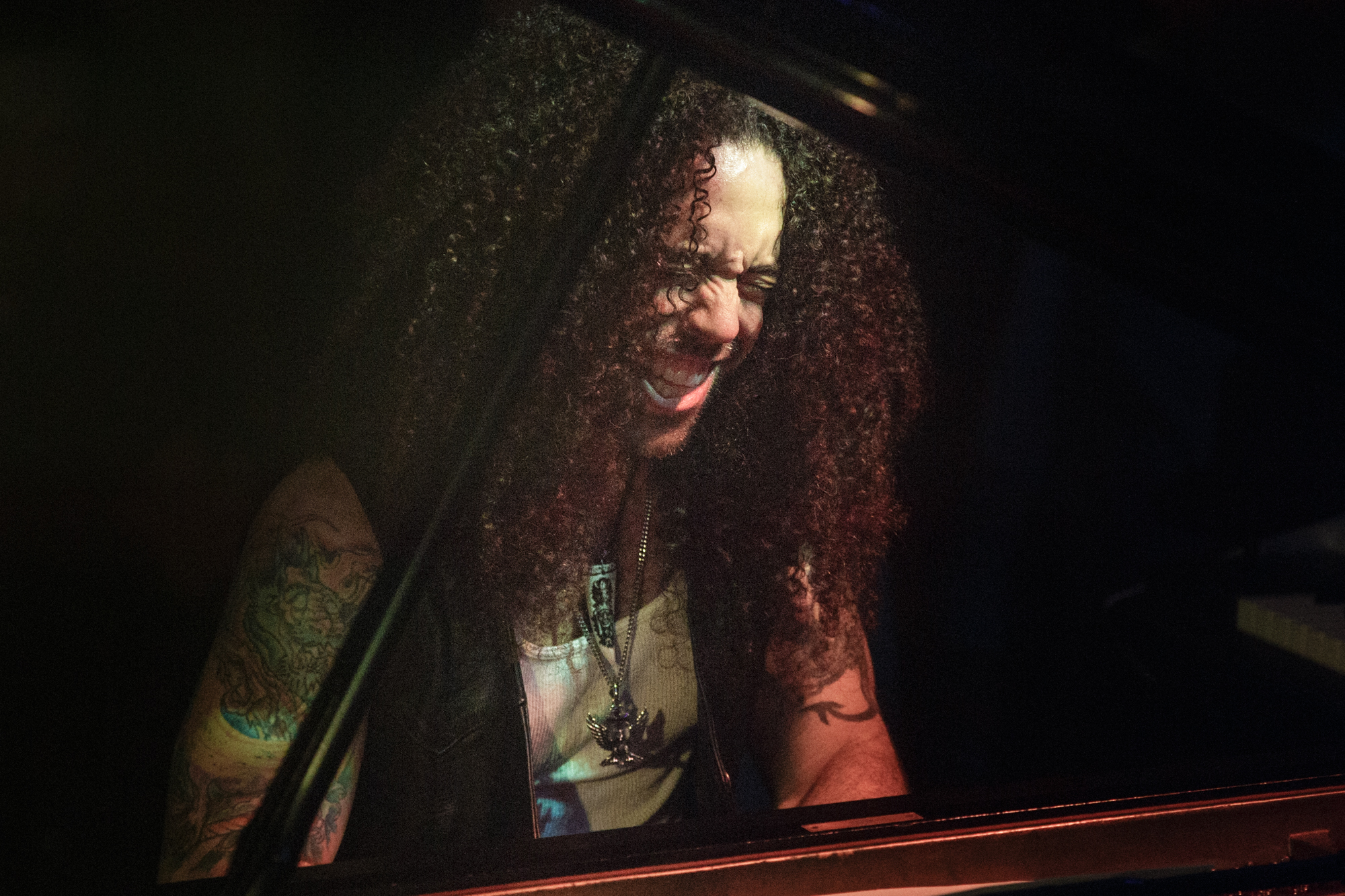
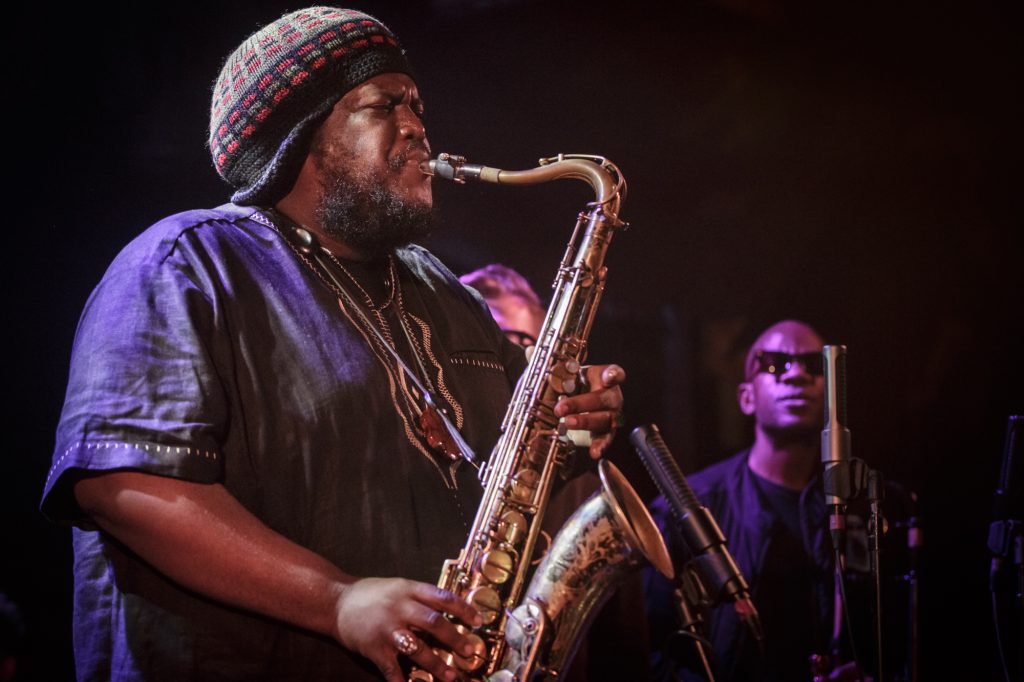

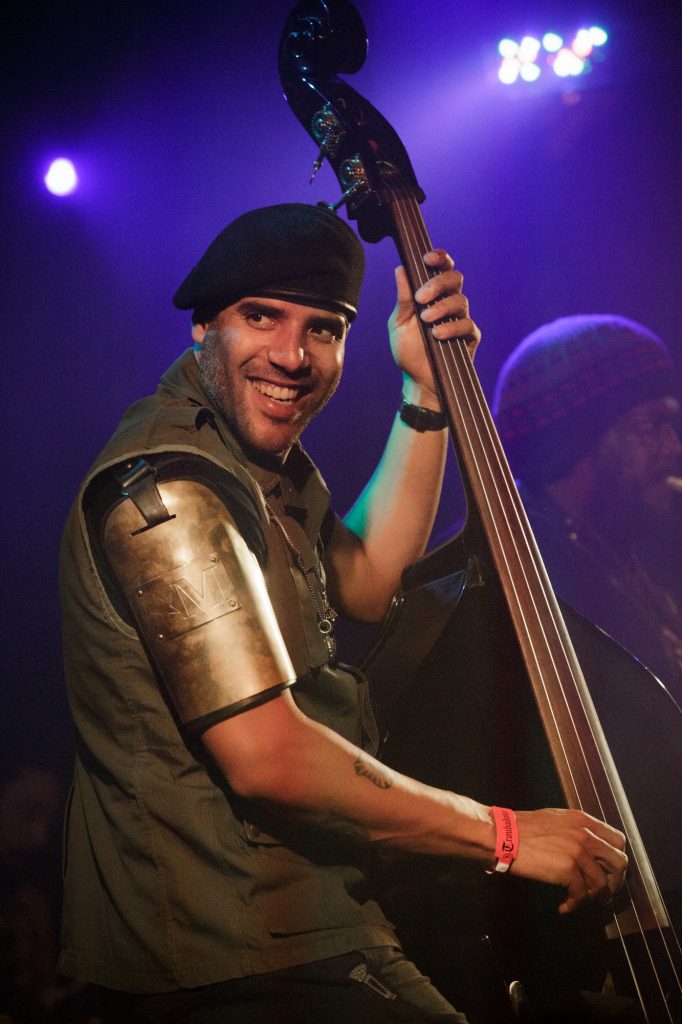
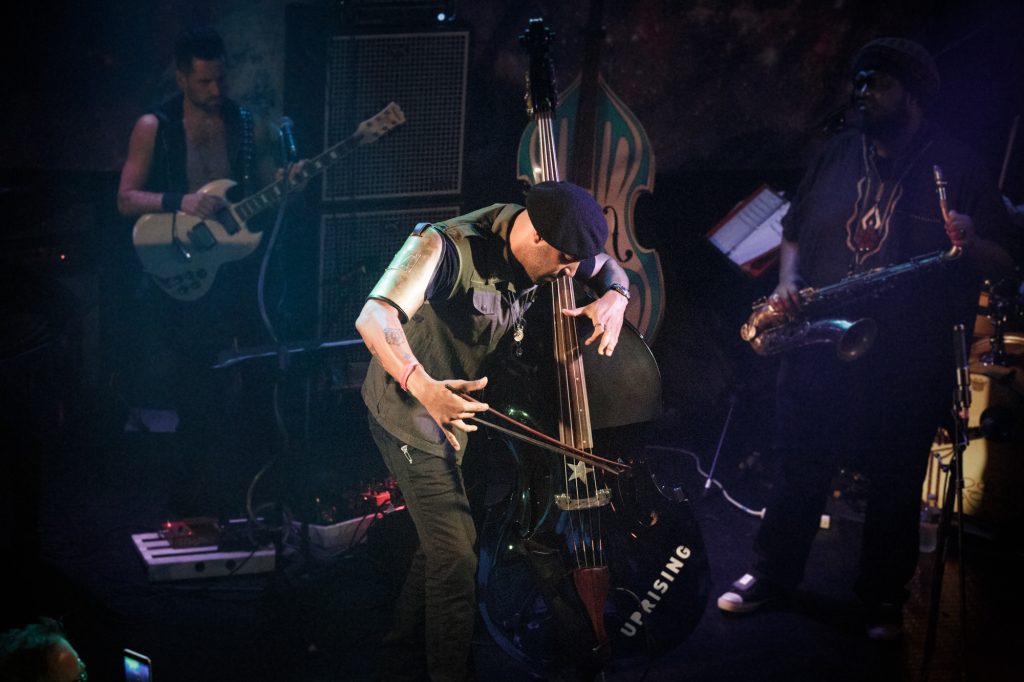

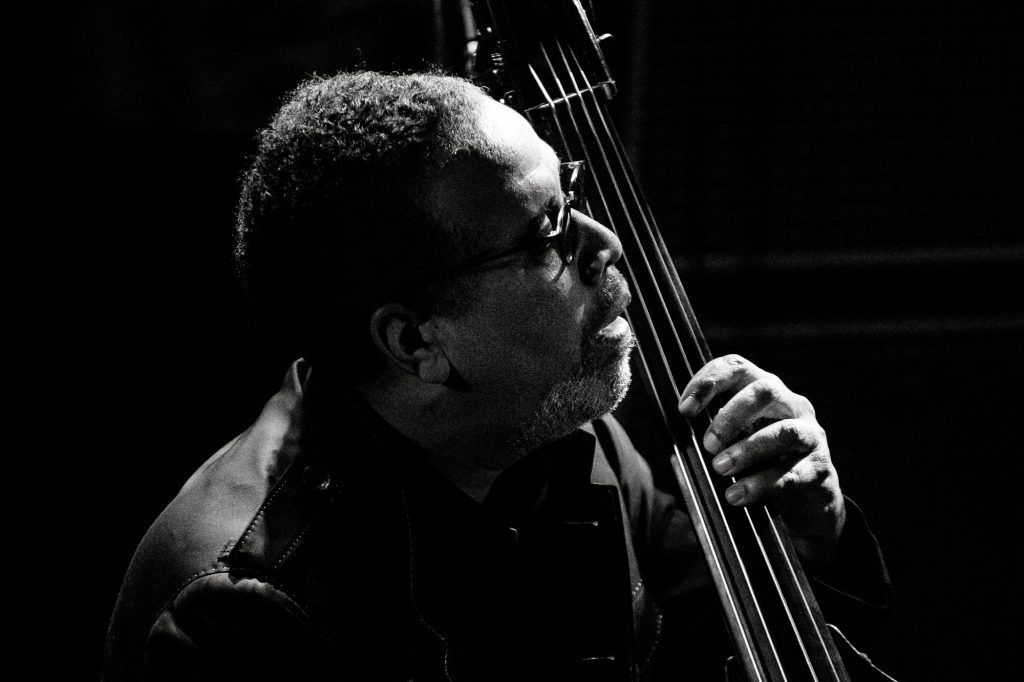
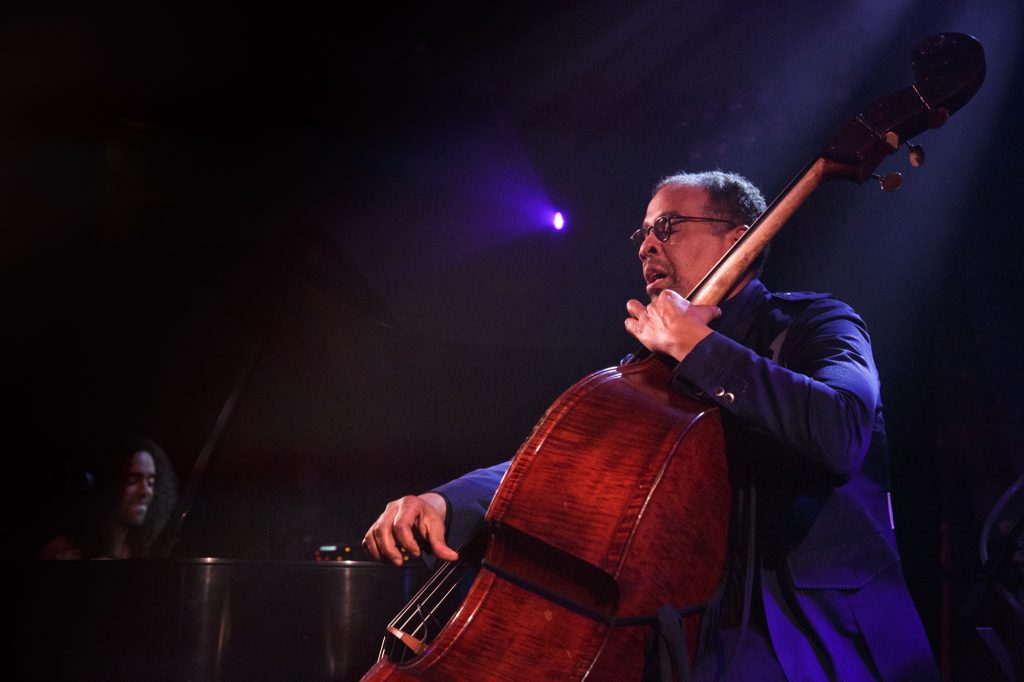
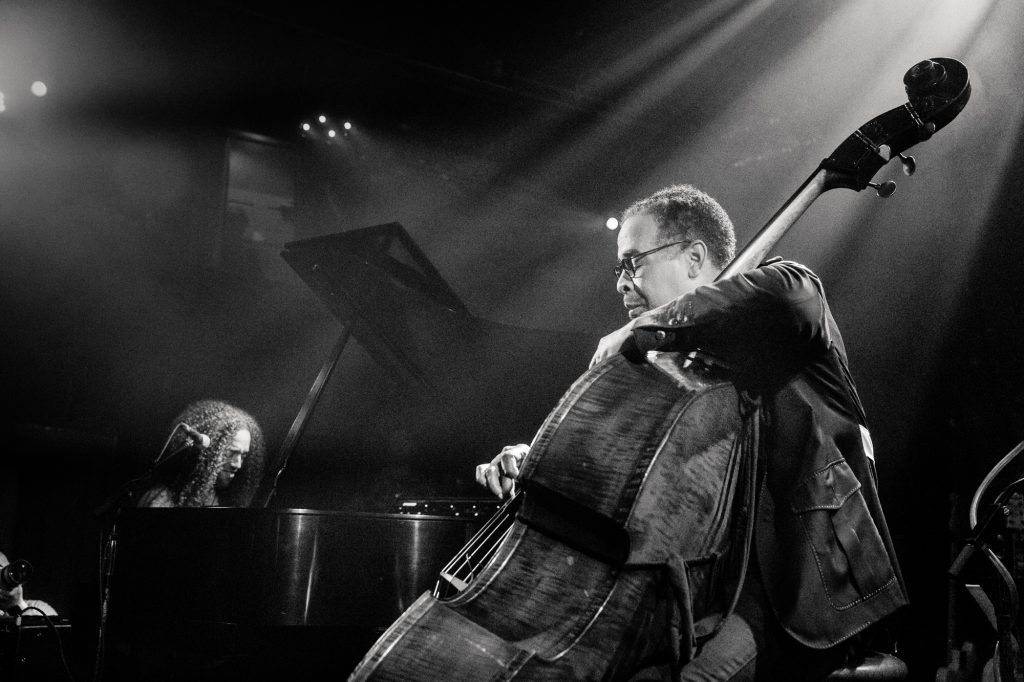
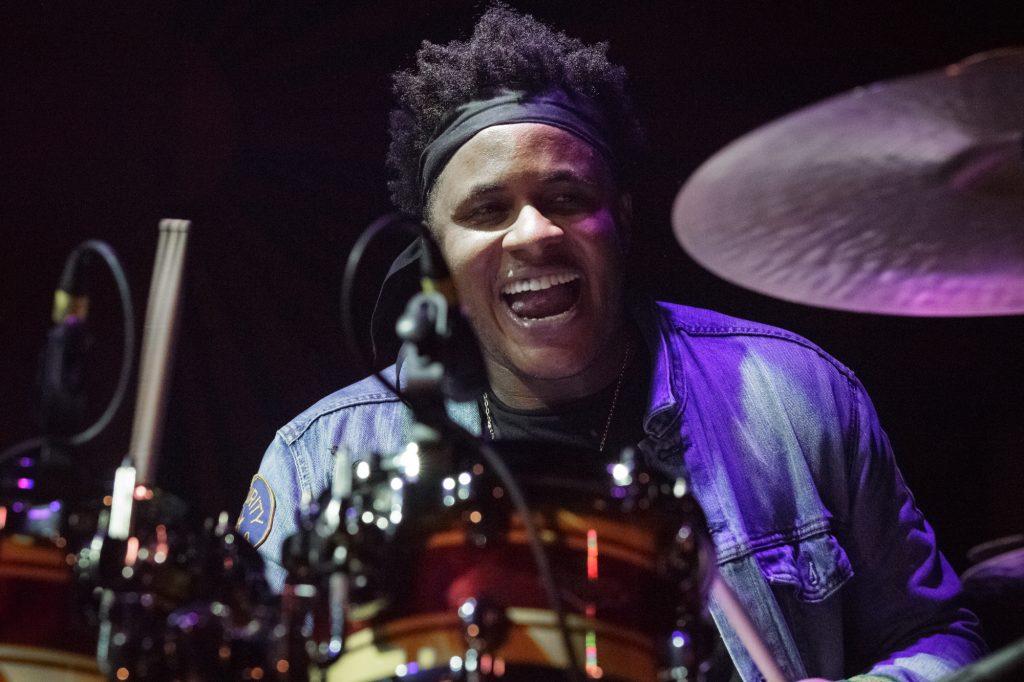

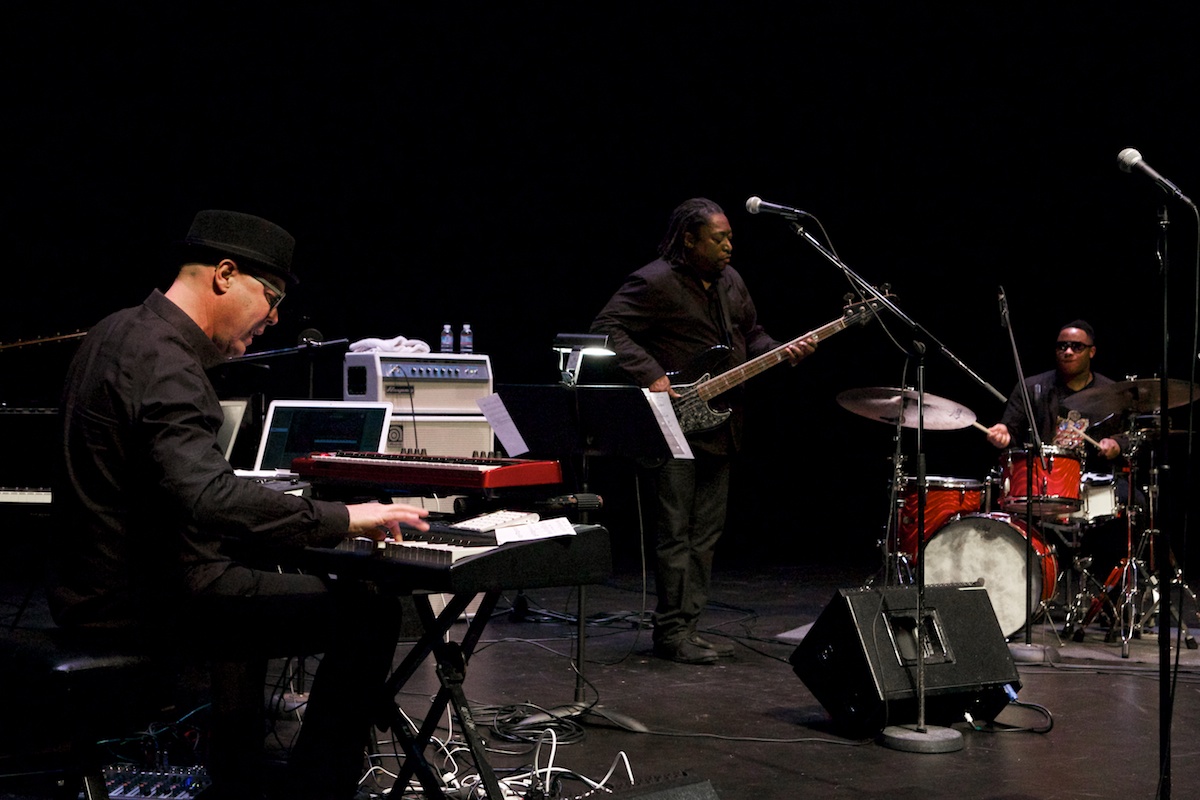
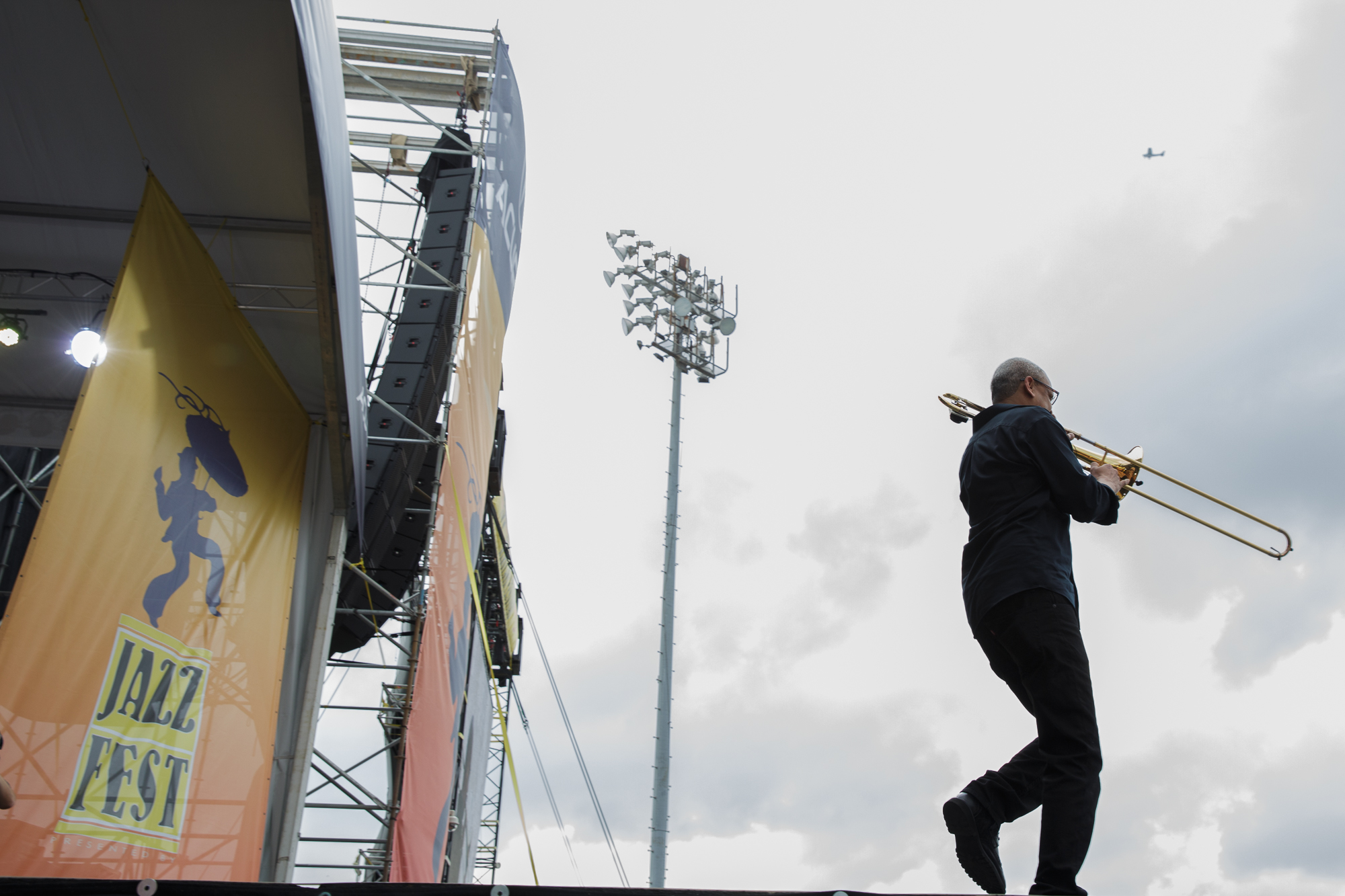
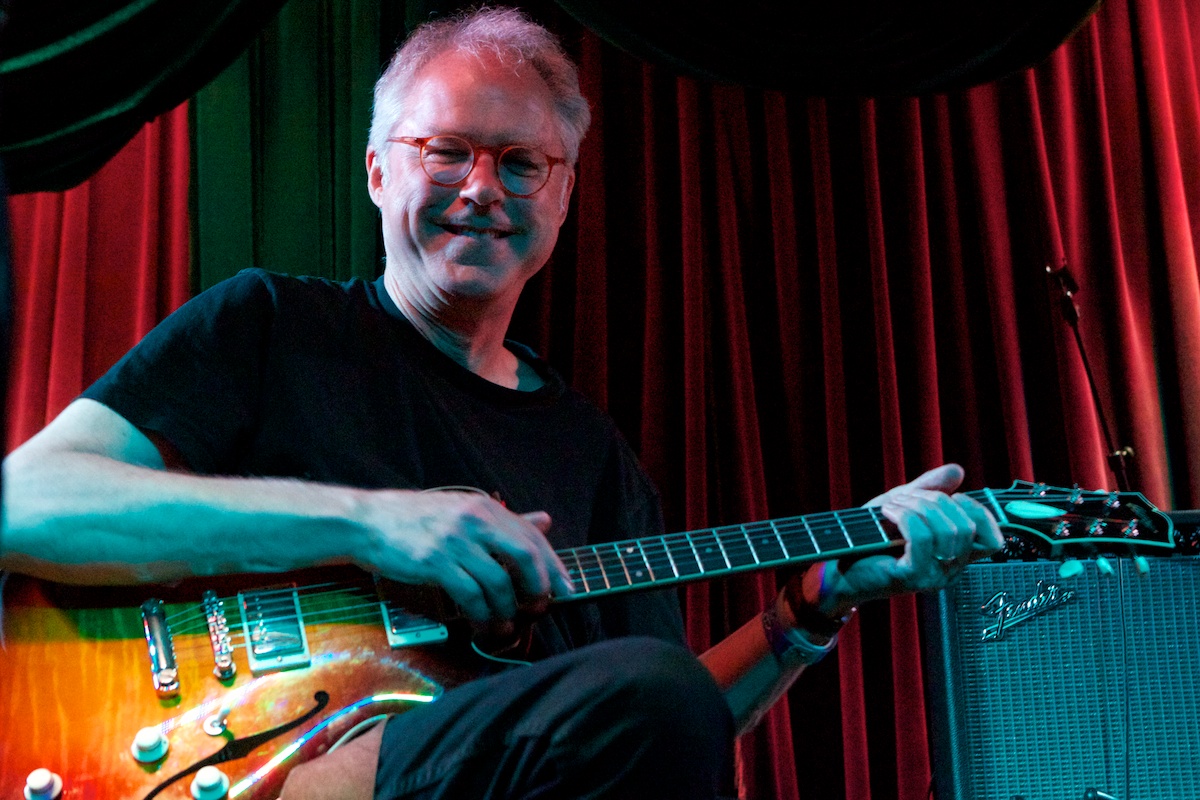
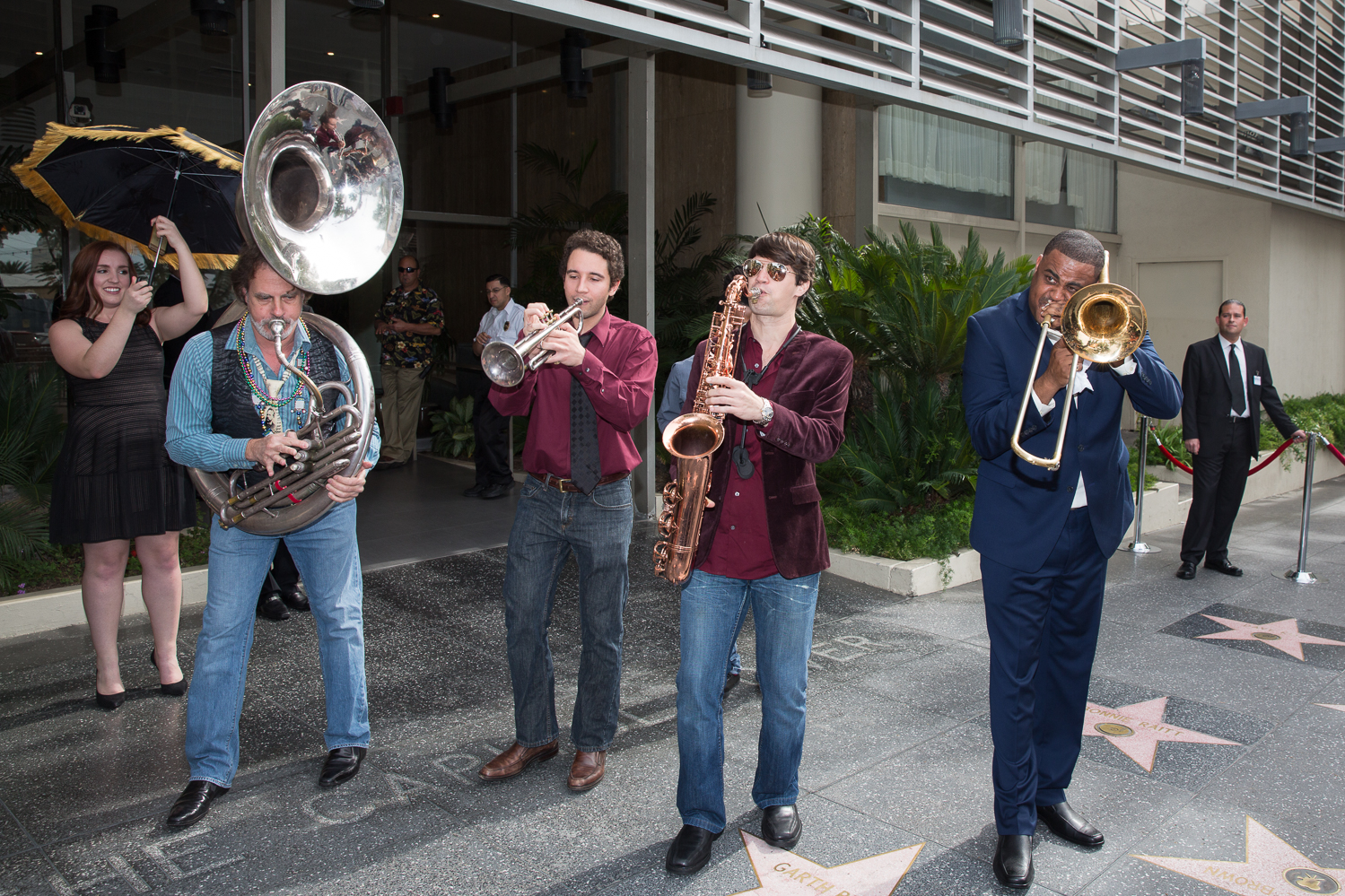
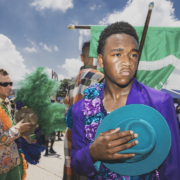

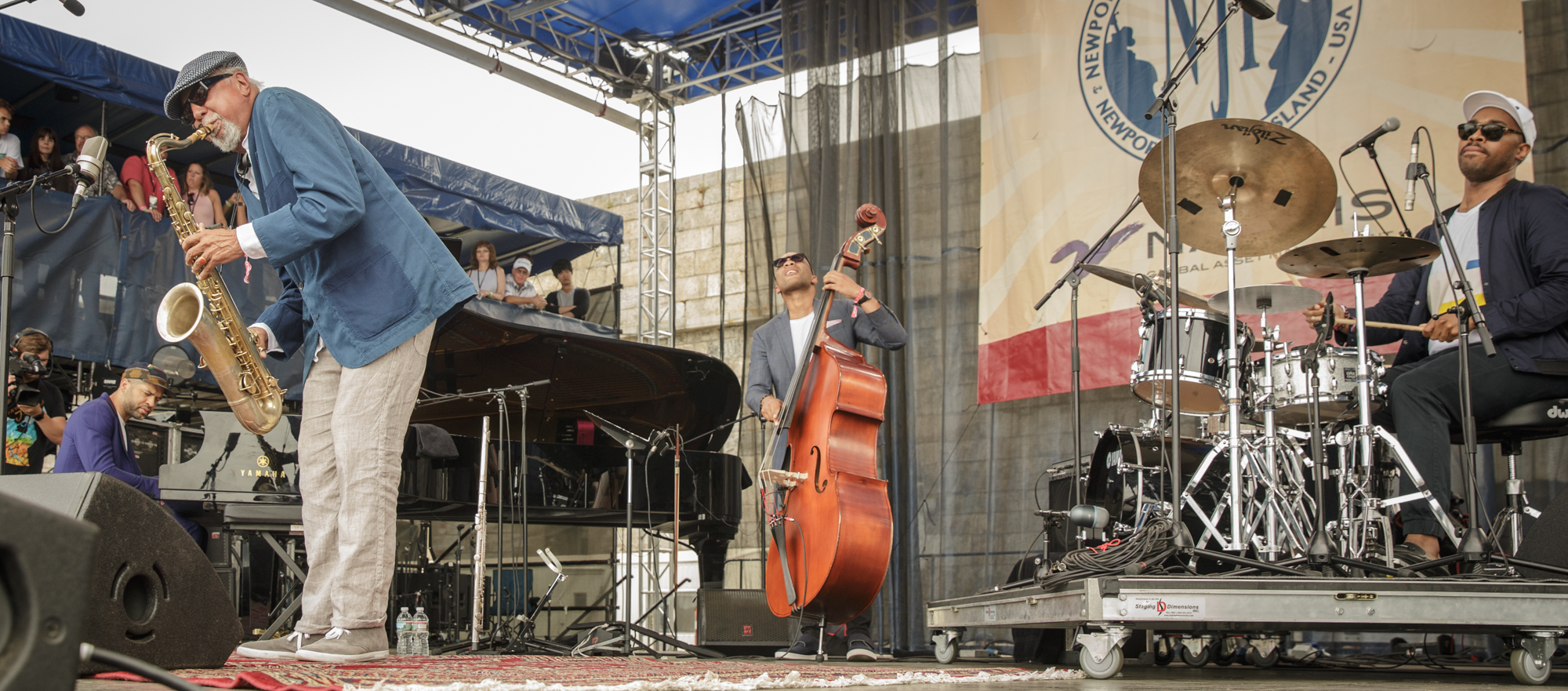
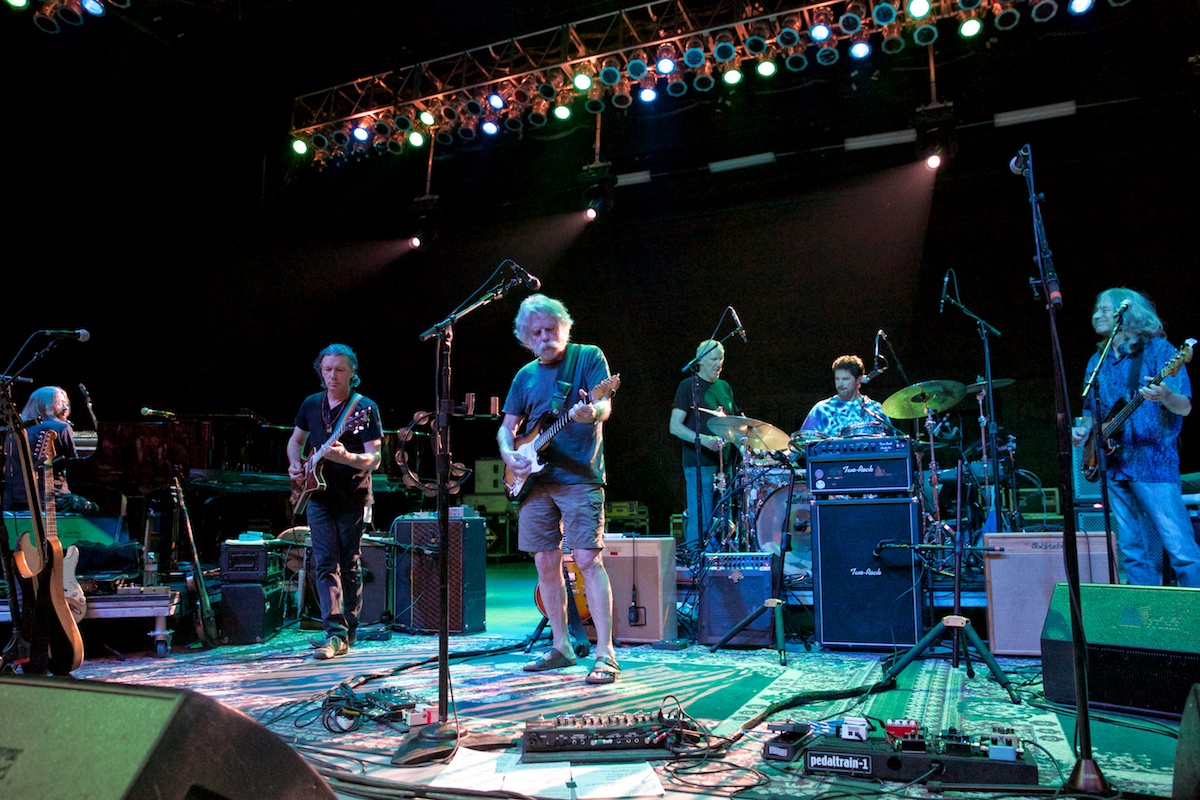


Leave a Reply
Want to join the discussion?Feel free to contribute!